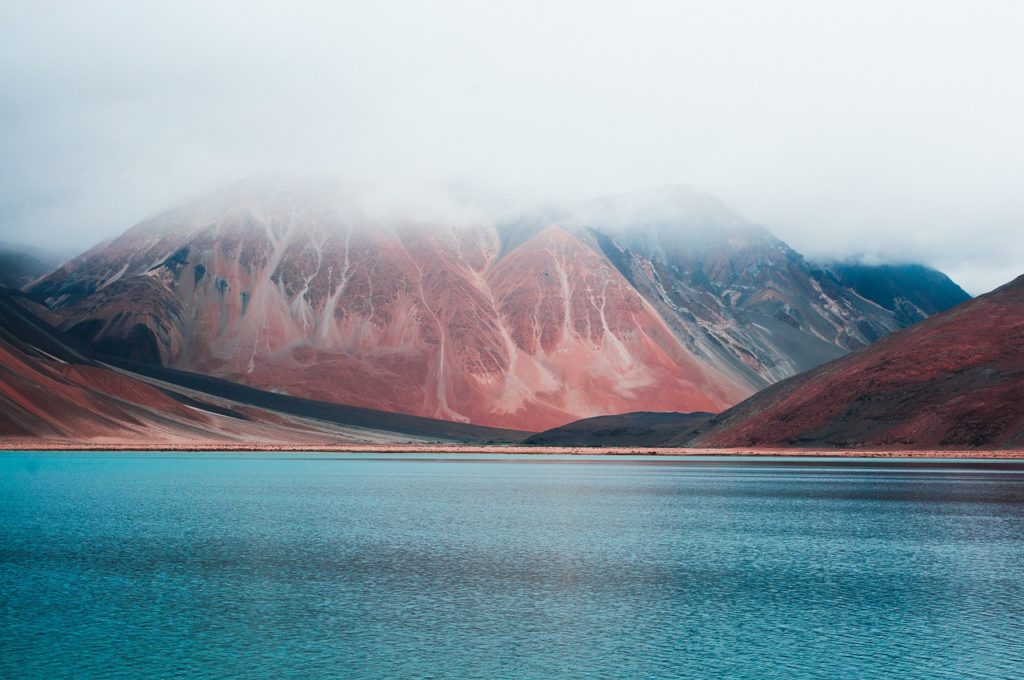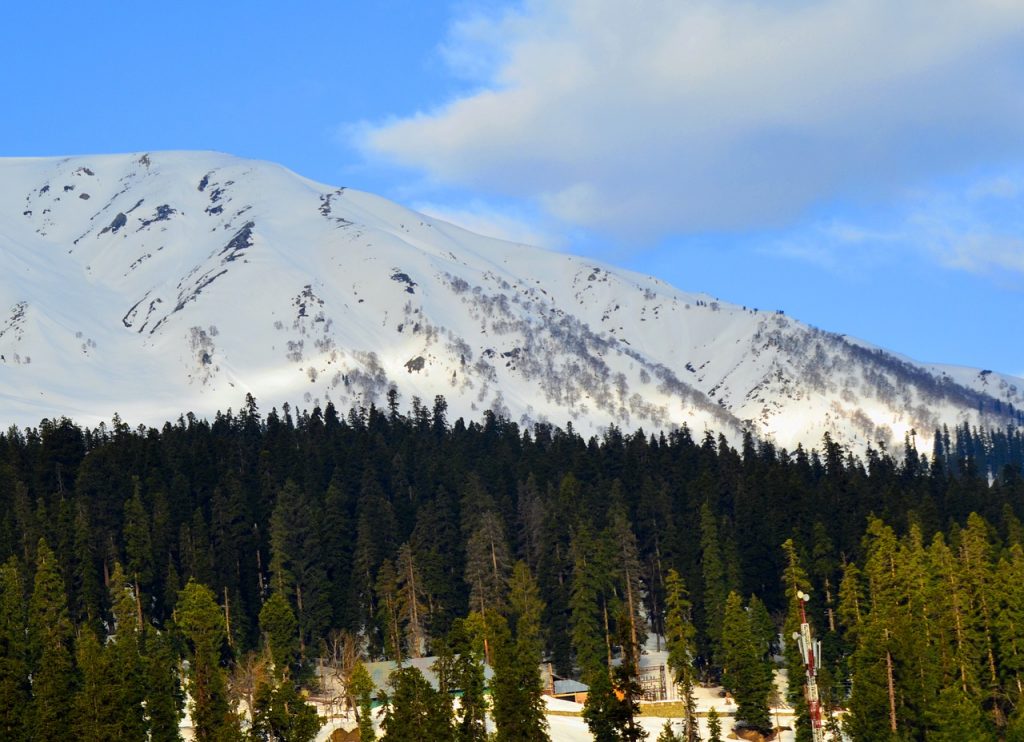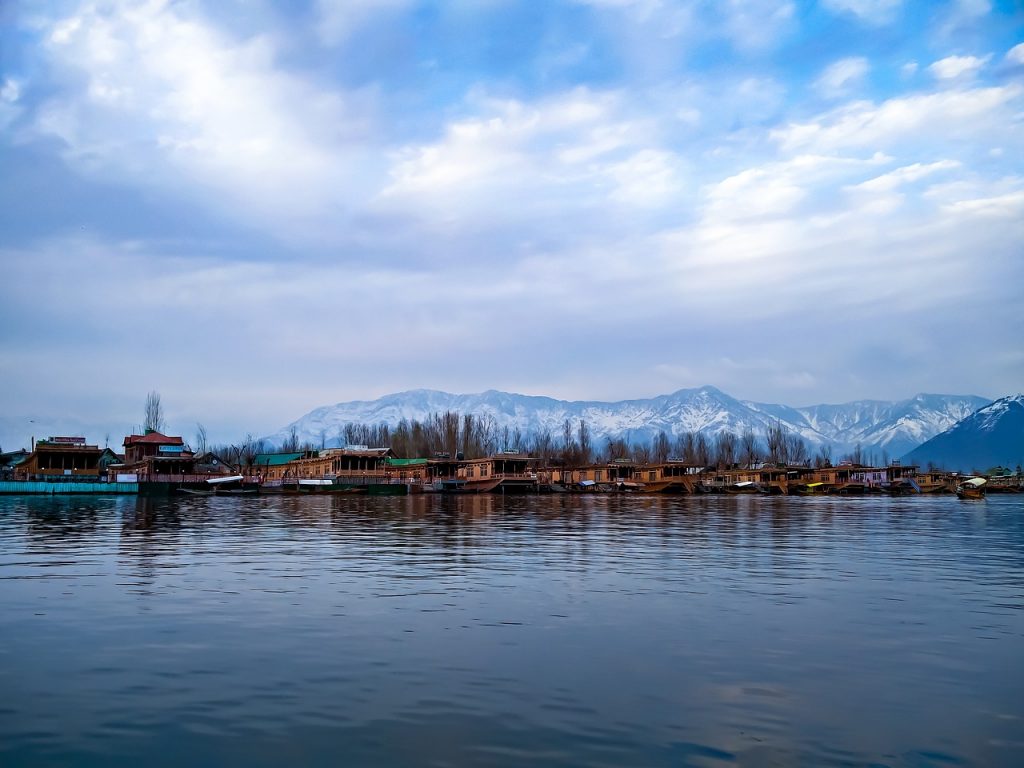Featuring tall mountains and snow-laden peaks, Kashmir is a renowned trekking destination. One of the most popular treks across the valley is the Kashmir Great Lakes Trek. It is commercially termed the ‘Sonamarg-Vishansar-Naranag Trek’. It is an alpine Himalayan high-altitude trek very popular among trekkers who scale mountains to experience the thrill of trekking and at the same time, enjoy the mesmerizing views of the valley. If you too are planning a Kashmir Great Lakes Trek sometime in the future, reading this blog can help.
What is the Best Time to do the Great Lakes Trek?
The best time to embark on the Great Lakes Trek is the beginning of July to mid-September. As a matter of fact, that’s the only time when you enjoy this trek. As, during the other periods of the year, the regions are covered in snow. But then, many may question, what about rains? That’s because, July to September is precisely when India receives most of its rainfall.
Of course, the question is valid. However, when you locate the Pir Panjal range that separates Kashmir from the rest of the Indian subcontinent, it stretches to around 290 kilometers and is 40 to 50 kilometers wide. The range plays a significant role in blocking most rain clouds from crossing over into the valley.
Nevertheless, during early July, you may encounter snow patches at high altitudes. During mid-July to mid-August, most of the snow would have melted, and it also denotes the warmest period of the year in Kashmir. From mid-August to September, temperatures begin to plummet, and you may expect intermittent rains.
How Difficult is the Kashmir Great Lakes Trek?
Kashmir Great Lakes Trek undoubtedly requires a lot of pre-preparation to scale the mountains successfully. It is a trek of moderate difficulty; however, what makes the trek difficult is the long trekking hours every day, wherein you trek for around six to seven hours every day.
You have to climb an altitude of around 1500 – 2000 feet every day. The maximum altitude of the trek is 13,750 feet and it takes around seven to eight days to complete the trek.
Additionally, the trek has three challenging pass crossings ‒ Gadsar Pass, Nichnai Pass and Zach Pass. Nevertheless, it remains a popular trekking option in Kashmir among the youth.
To do the trek successfully, you must prepare yourself in advance by keeping yourself fit, indulging in running, walking, cycling, cross-training, and strengthening emotional fitness at the same time.
However, it is best to consult your doctor before you step out for the Great Lakes Trek and assess whether the trek is suitable for you or not.
Which are the Lakes in the Great Lakes Trek?
There are several that amaze you with their tranquil atmosphere and enchanting beauty beyond words. Some of them include Vishansar Lake, Kishansar Lake, Gangabal, Nundkol, and Satsar Lake – collection of seven lakes and many others. Each of these lakes has its unique characteristic and beauty that is sure to leave you spellbound!
What Makes the Kashmir Great Lakes Trek Enjoyable?
The reason why the Great Lakes Trek is enjoyable may vary from person to person. For instance, it excites some due to the various challenging passes. For many, it is the breathtaking views of the valley and those of the nearby villages, especially Sonamarg village, which are enthralling Additionally, the various vistas and landscapes that you encounter during the trek, such as the wonderful meadows, shepherd huts, the Shekdur campsite; the abundant flora that covers every square inch of land, make the trek even more joyous.
What are the Things to Remember While on the Kashmir Great Lakes Trek?
Some general things to remember while before setting out for the Kashmir Great Lakes trek include,
- Pack enough food at the beginning in order to last the entire trek, which culminates at Sonamarg
- Prepare yourself thoroughly, as you would be talking at least eight to ten kilometers every day.
- Prepare yourself for staying at high altitudes and the cold weather
- Carry raincoats to tackle sudden rains
- Carry your original IDs to avoid security check hassles
- Choose a light weight trekking pole to safely ascend and descend and reduce the load on the knees
- As mentioned earlier, improve cardio fitness, maintain a balanced diet, and consult your doctor to assess your suitability for the trek
We hope this helps and wish you an exciting and memorable trek!



